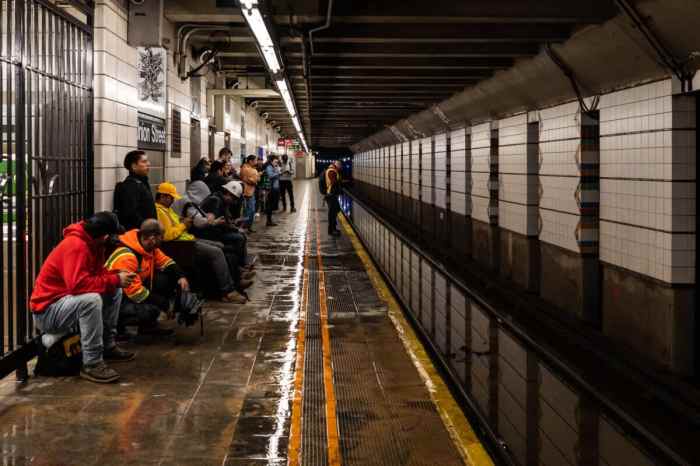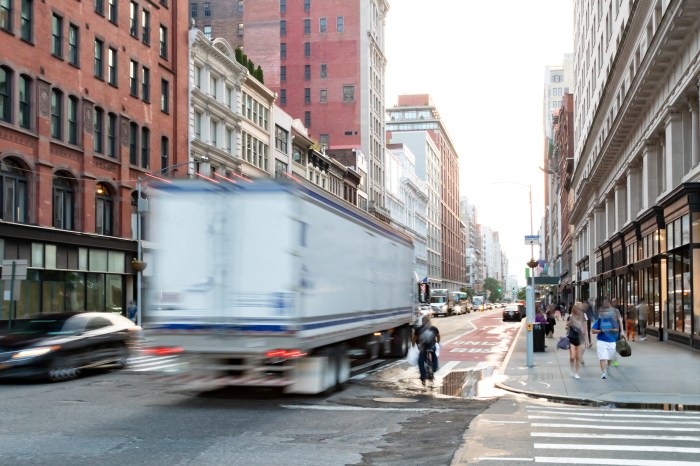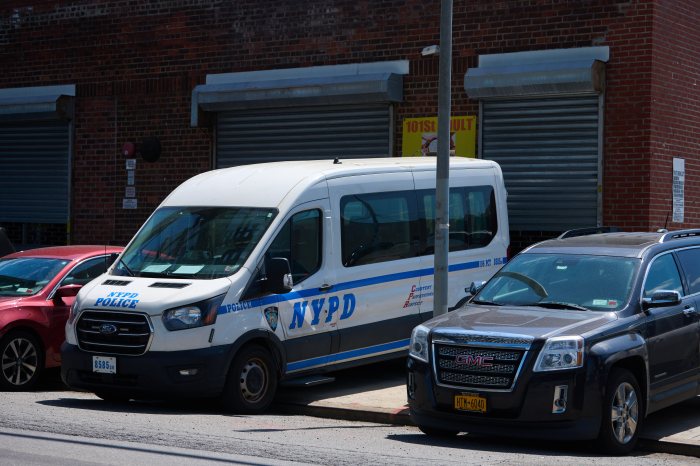
The city’s budget for the next fiscal year secures millions for a new program to provide discounted MetroCards to low-income New Yorkers, according to Mayor Bill de Blasio and the City Council.
Several sources had confirmed that the program, known as Fair Fares, was tentatively agreed upon as negotiations over the $89 billion budget wound down last week.
The mayor and Council Speaker Corey Johnson confirmed the news Monday: the de Blasio administration will allocate $106 million to launch a city-run program to offer half-priced MetroCards for subway and local bus service to low-income city residents.
The program will be available to the roughly 800,000 New York City residents living at or below the federal poverty line, or a household income of about $25,000.
The budget is balanced and “profoundly responsible,” according to de Blasio, who credited Johnson’s push for the inclusion of Fair Fares.
“It’s a profound and good and moral ideal. I have felt that from the beginning. The challenge was always how to make it work,” de Blasio said. “The beauty of this idea, in terms of making this the fairest big city in America, it’s going to help so many New Yorkers to reach opportunity that too often is out of reach because of pure lack of resources.”
Johnson assured that the funding is not a one-time commitment — that the Council and the de Blasio administration will continue funding the program after the next fiscal year and will adjust funding depending on Fair Fares’ popularity.
“Fair fares is a piecemeal public policy designed to chip away at inequality,” said Jonson. “It is substantial. [It’s] $106 million to start with in this budget. And we hope it is the first significant step toward obliterating this problem when it comes to mass transit accessibility. It’s for poor New Yorkers. This is not an MTA subsidy.”
The idea has been successful in other cities that have adopted similar fare policies, such as Seattle and San Francisco. Supporters believe the discounted rates help tackle social and economic inequity by improving the mobility of residents looking to access jobs, health care and cultural institutions, or to perform most daily tasks and responsibilities.
In New York City, roughly one in four low-income, working-age residents can’t afford MetroCards, according to the Community Service Society of New York, which launched a campaign for the policy in the city alongside the advocacy group Riders Alliance.
Applicants will see roughly $726 in savings each year under Fair Fares, which will be just one of several discounted fare programs the city funds. Both the elderly and school children are also offered MetroCard discounts.
The Community Service Society and Riders Alliance had pushed for $212 million to be included in the budget for the program — enough to serve the roughly 361,000 low-income residents who advocates expect to take advantage of the discount, based on transit ridership data and takeup rates for social services like food stamps.
But the groups said that the budget agreement was a strong first step to initiate a program that will likely be very popular and difficult to remove from city budgets to come.
Fair Fares was one of the top priorities for Johnson. De Blasio had said that he appreciated the merits of the proposal but the city shouldn’t have to pay for it. He had pitched the program in his millionaire’s tax proposal for Albany lawmakers, which has not yet appeared to gain much traction.

















